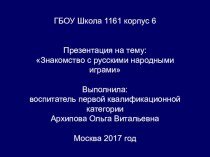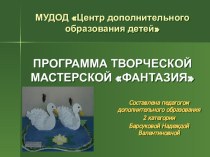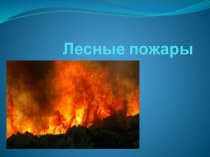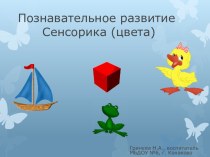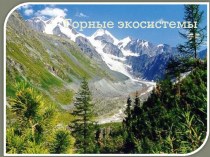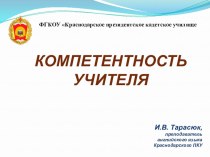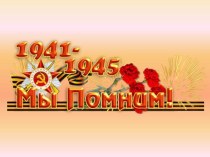- Главная
- Разное
- Бизнес и предпринимательство
- Образование
- Развлечения
- Государство
- Спорт
- Графика
- Культурология
- Еда и кулинария
- Лингвистика
- Религиоведение
- Черчение
- Физкультура
- ИЗО
- Психология
- Социология
- Английский язык
- Астрономия
- Алгебра
- Биология
- География
- Геометрия
- Детские презентации
- Информатика
- История
- Литература
- Маркетинг
- Математика
- Медицина
- Менеджмент
- Музыка
- МХК
- Немецкий язык
- ОБЖ
- Обществознание
- Окружающий мир
- Педагогика
- Русский язык
- Технология
- Физика
- Философия
- Химия
- Шаблоны, картинки для презентаций
- Экология
- Экономика
- Юриспруденция
Что такое findslide.org?
FindSlide.org - это сайт презентаций, докладов, шаблонов в формате PowerPoint.
Обратная связь
Email: Нажмите что бы посмотреть
Презентация на тему Economics and production organization
Содержание
- 2. Nature of national economyNational economy is a
- 3. National economy as a systemLevelsParicipants
- 4. Levels MicroeconomicsMacroeconomicsMezoeconomicsInternational economics
- 5. Microeconomics and Mezoeconomics Microeconomics looks at interactions
- 6. Macroeconomics Macroeconomics examines the economy as a whole to explain broad aggregates and their interactions .
- 7. ParticipantsSizeSmall businessBig businessMedium
- 8. ParticipantsOwnershipPublicJointJoint-Foreign capitalJoint+Foreign capitalForeign capitalPrivate
- 9. ElementsProductionConsumptionDistributionExchange
- 10. ProductionInputProductionOutput
- 11. NatureNational economy tells about:the behavior and decision-making
- 12. Gross Domestic ProductThe gross domestic product (GDP)
- 13. Value added approachThe value of sales of
- 14. Expenditure methodGDP = private consumption + gross
- 15. GDP income accountGDP = R + I
- 16. UnemploymentUnemployment occurs when a person is available
- 17. Exports and ImportsFTT= X+MNX=M-X
- 18. MeasurementThe unemployment rate is expressed as a percentage, and is calculated as follows:Ur=Uw/TLFUr-UwTLF
- 19. PricePrice in economics and business is the
- 20. Price and inflation Price in economics and
- 21. KazakhstanGeographically the largest of the former Soviet
- 22. Country Profile
- 23. Oblasts
- 25. The Atyrau Oblast is the main oil-producing
- 26. The Mangistau Oblast is the oil-producing region
- 27. Karachaganak Petroleum Operating is the leading oil
- 28. The Aktyubinsk Oblast is the operating area
- 29. The Kzyl-Orda Oblast.Hurricane Kumkol Munai JSC and
- 30. Foreign equityKazakhstan is the largest recipient of
- 31. RefiningKazakhstan has three refineries with the combined
- 36. "Dutch disease"The term "Dutch disease" originates from
- 37. Скачать презентацию
- 38. Похожие презентации
Nature of national economyNational economy is a system which deals with the performance, structure, and behavior of a country’s economy as a whole

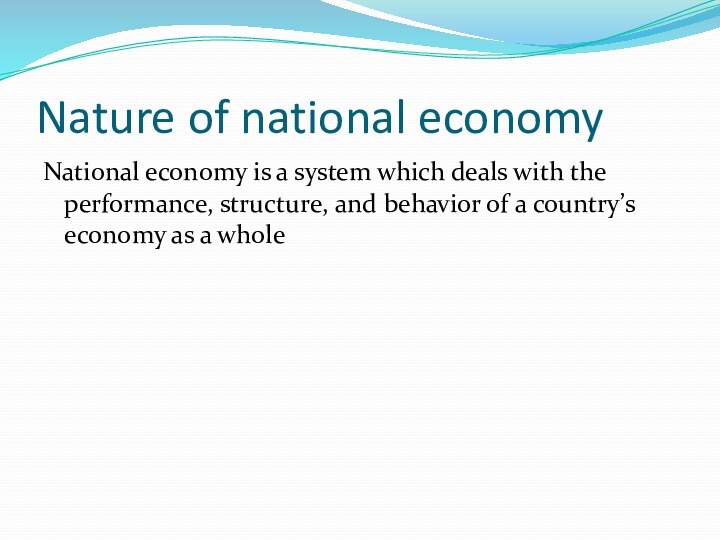
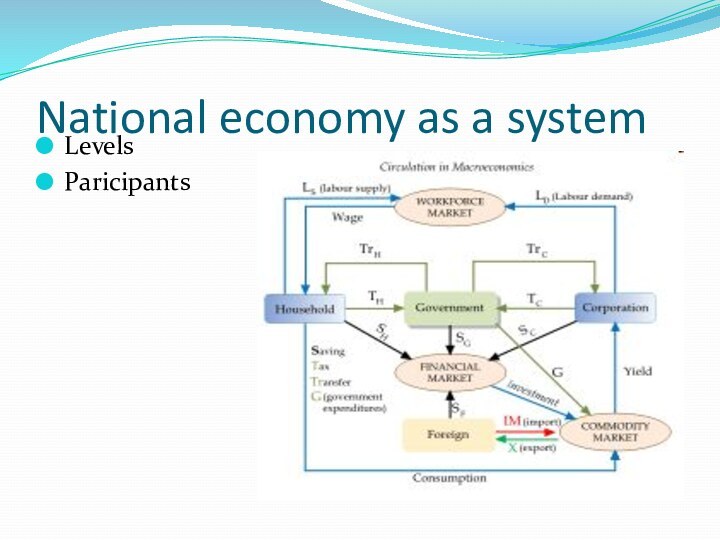
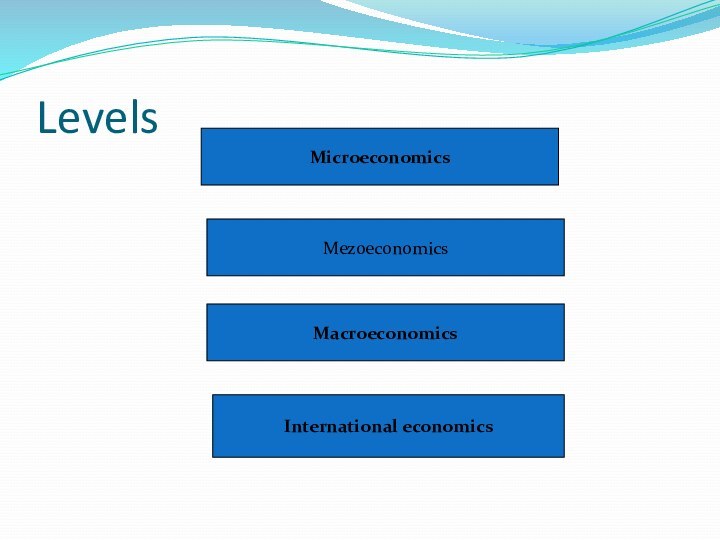


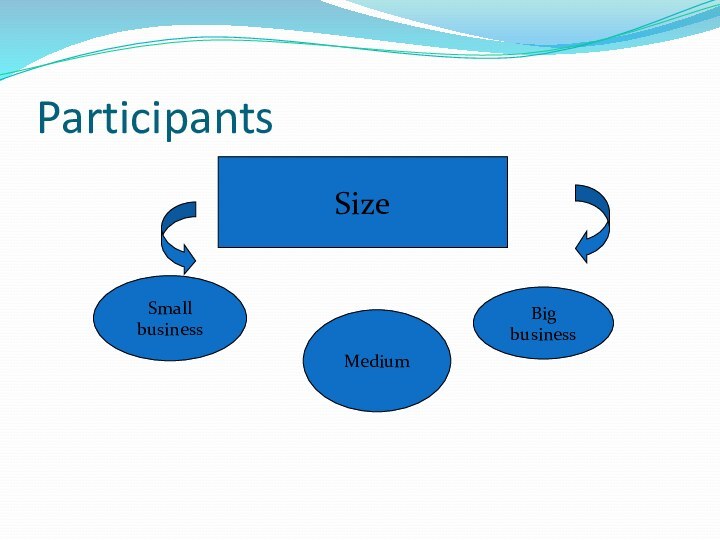
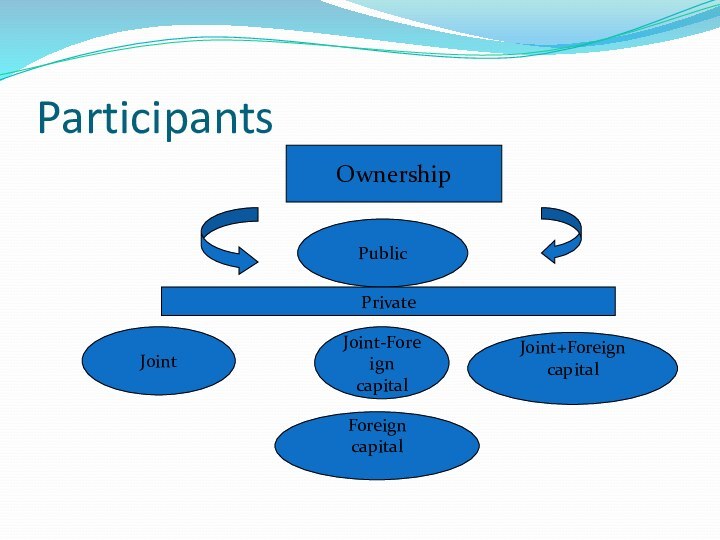
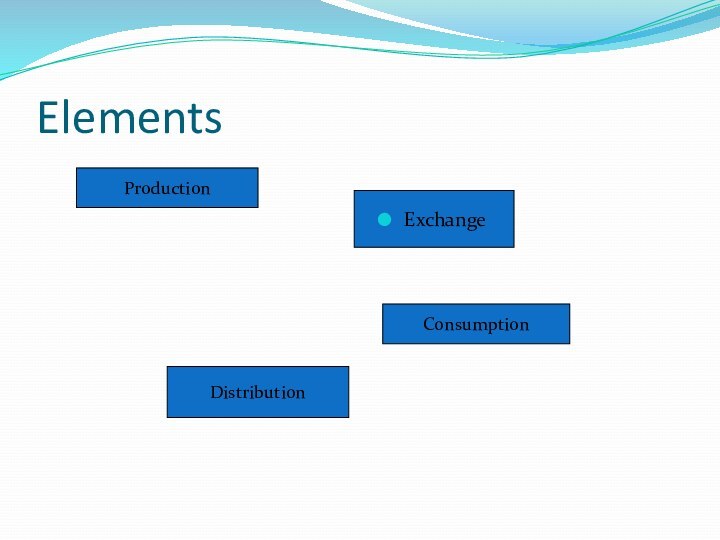
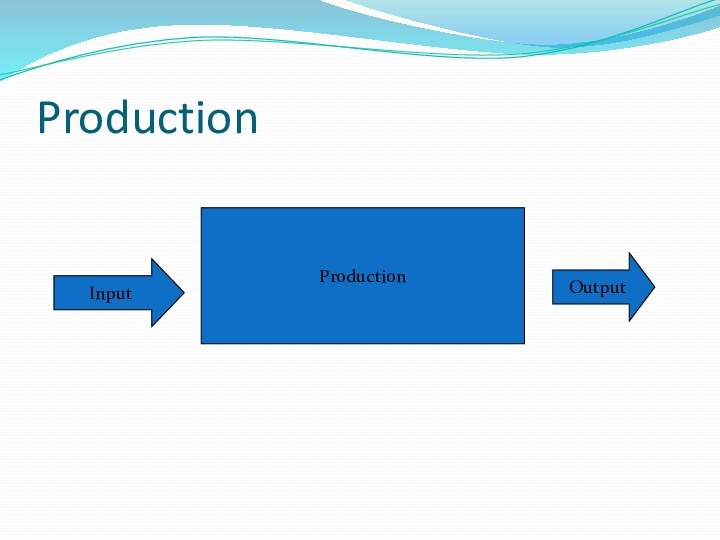
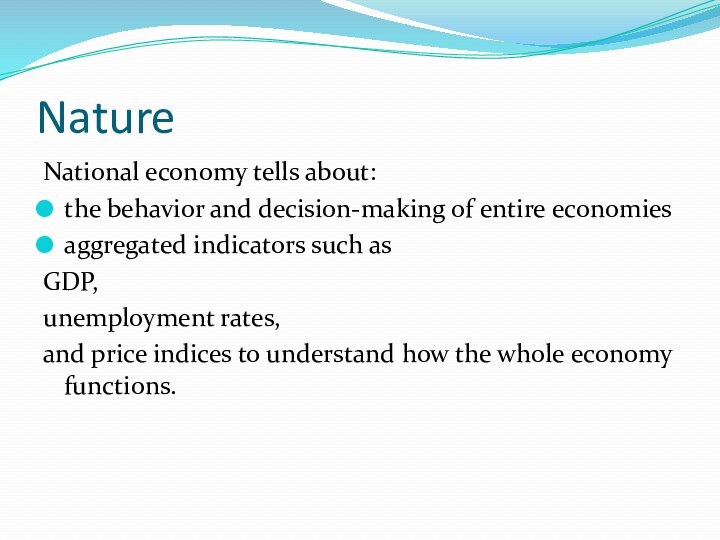
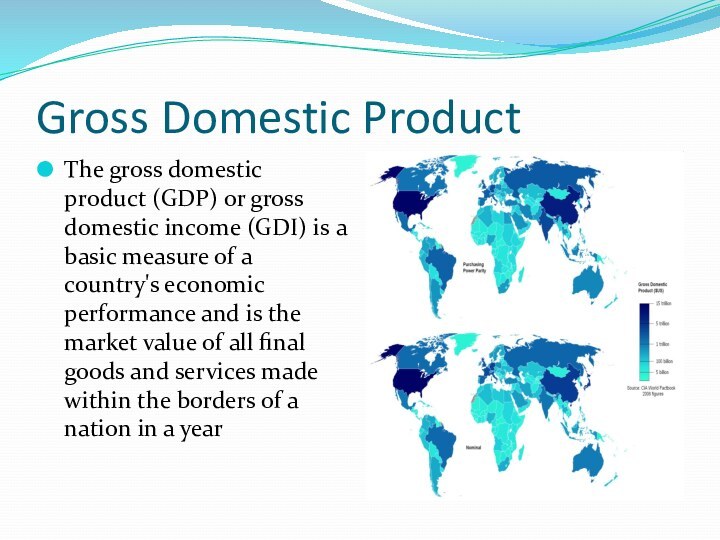
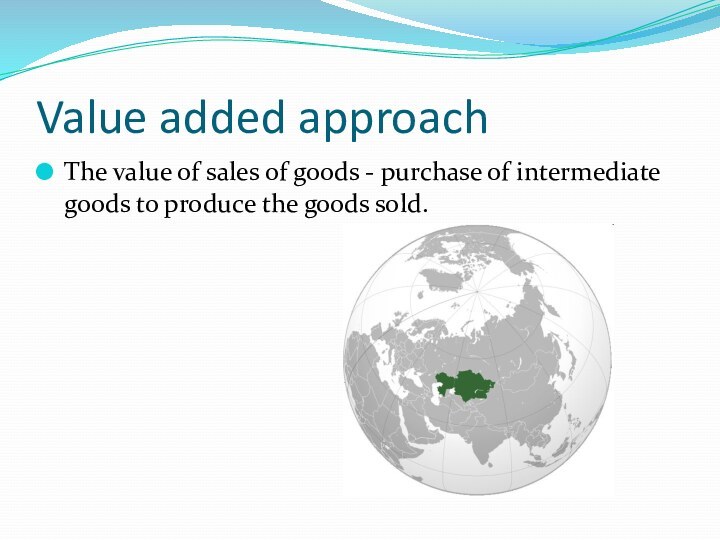
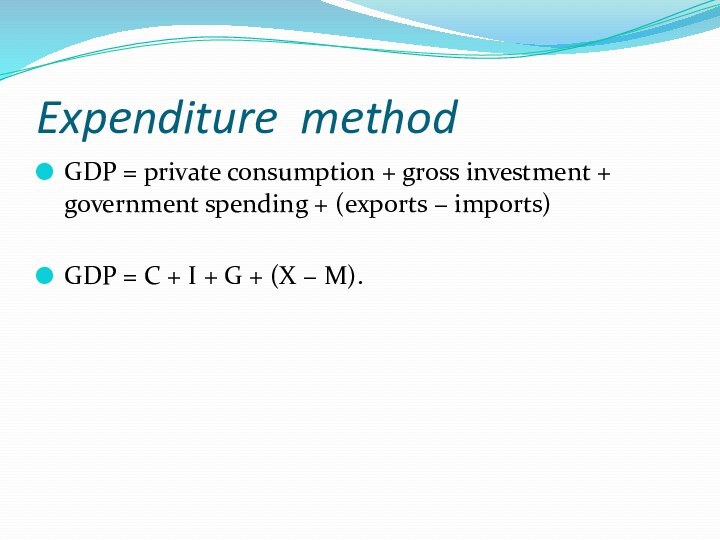
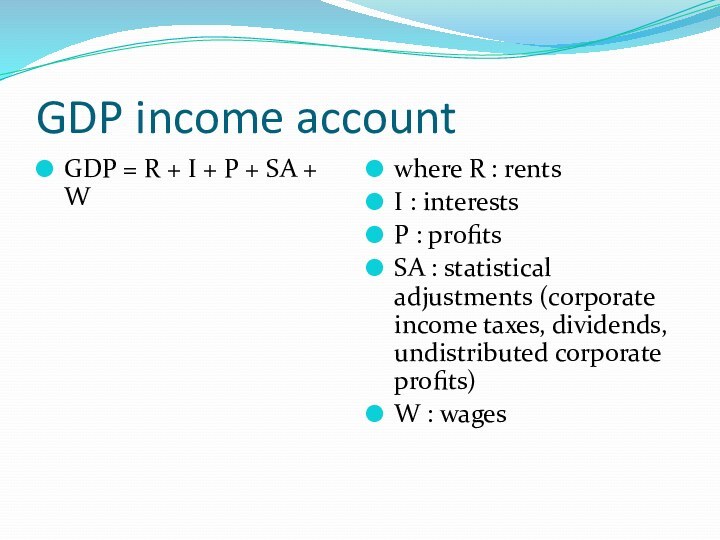
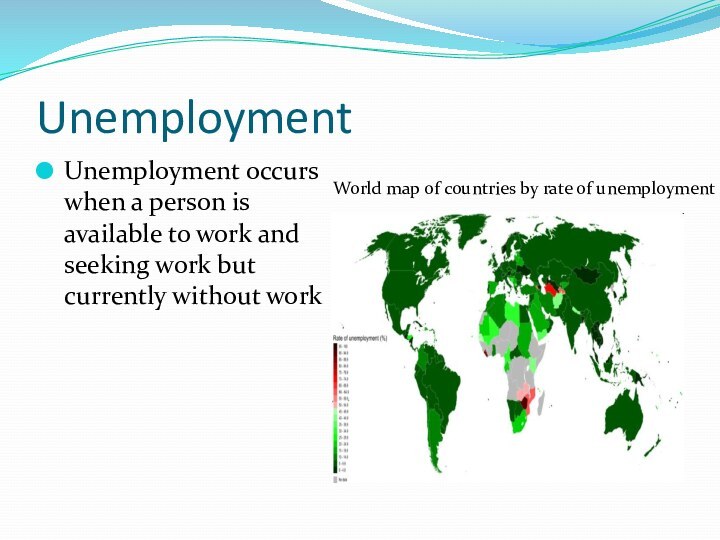
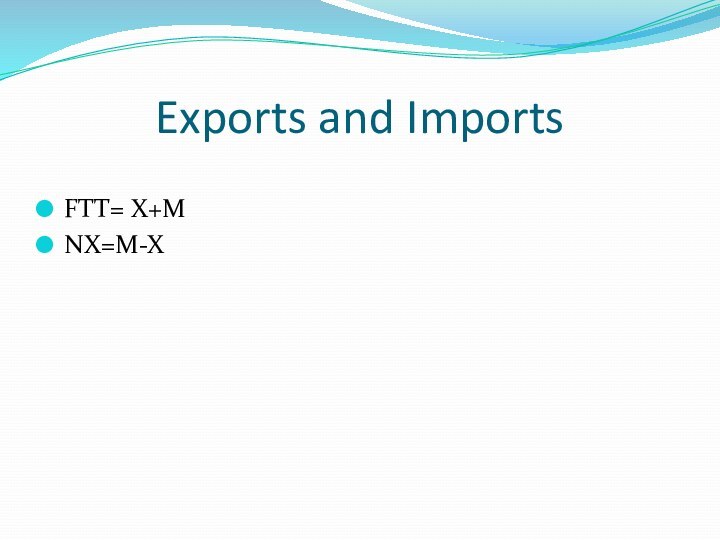
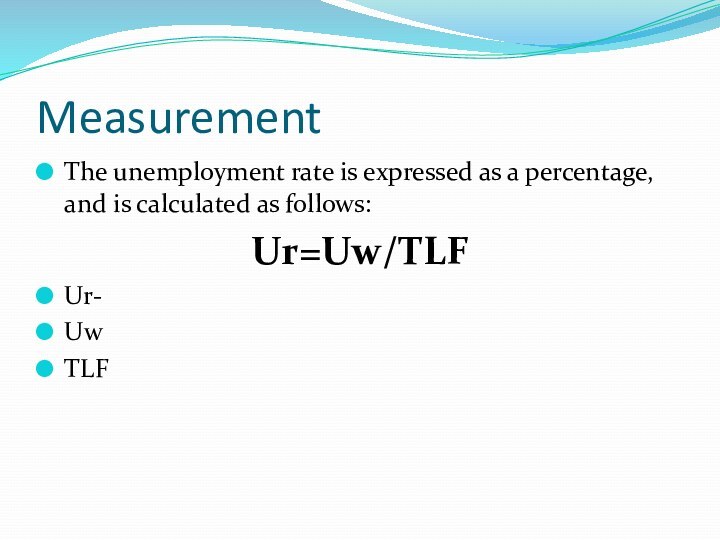


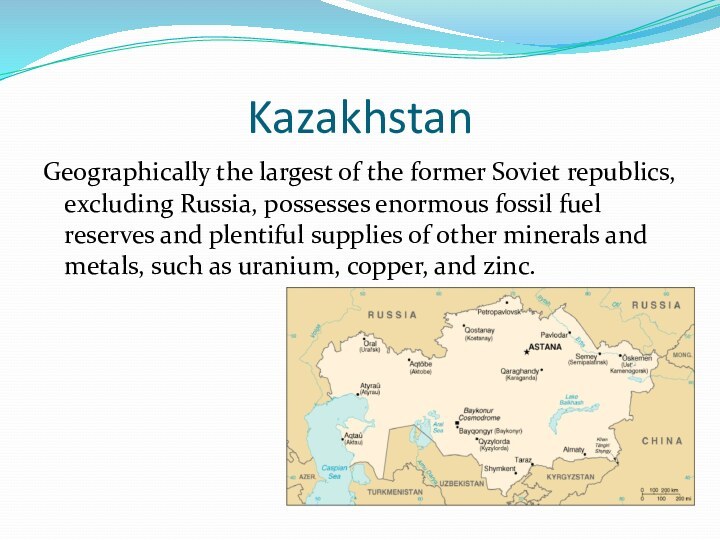
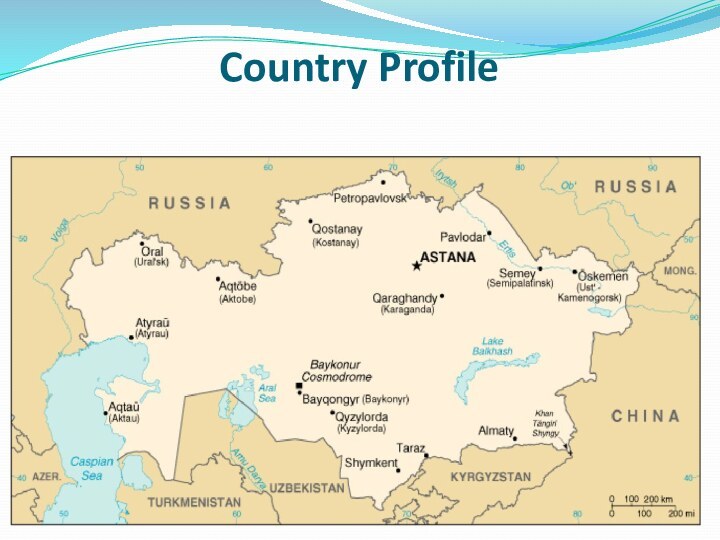

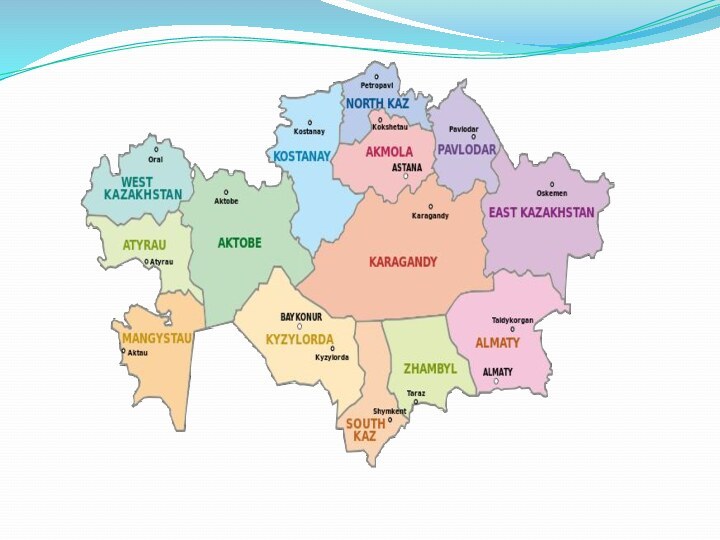

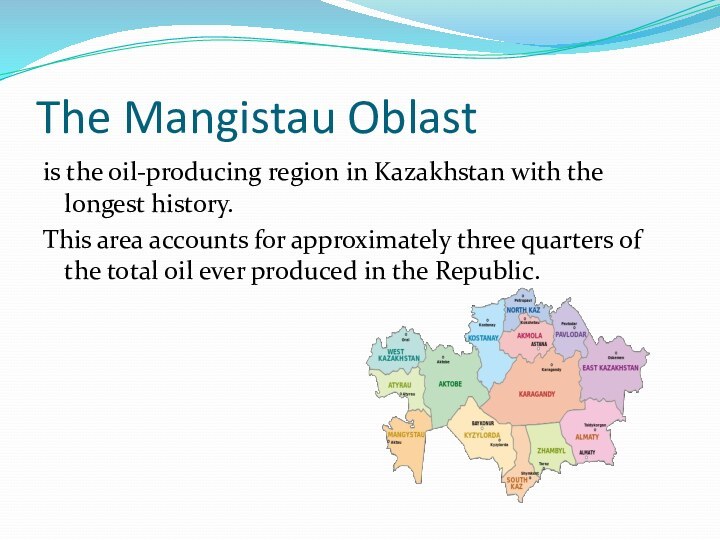
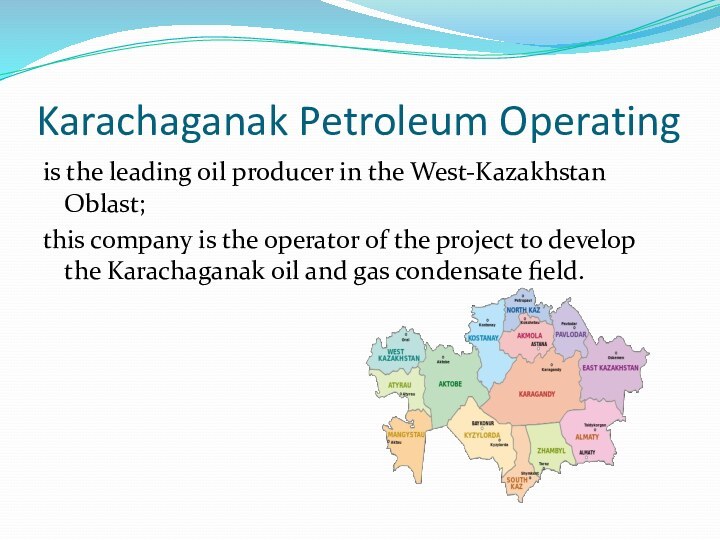
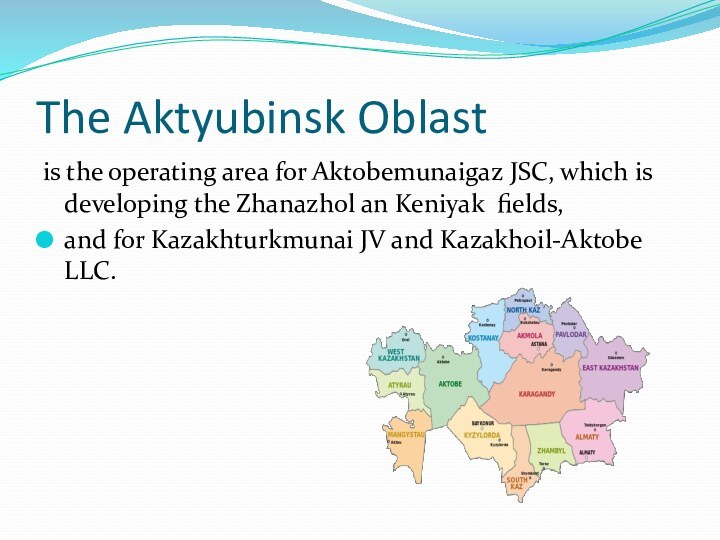
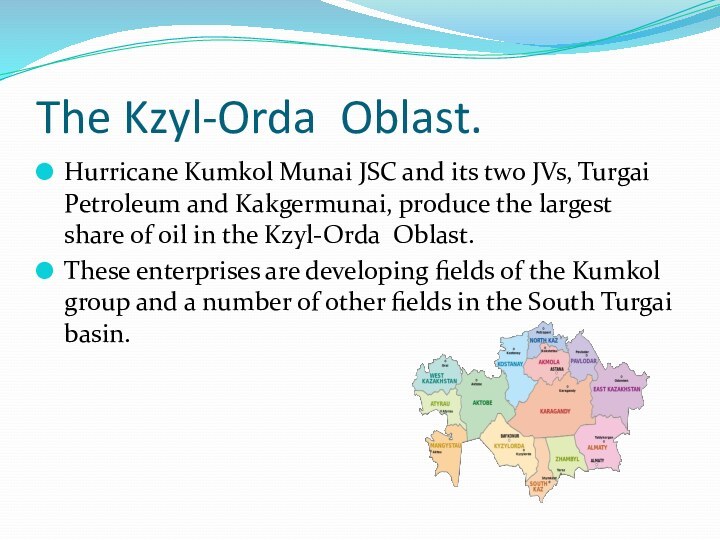
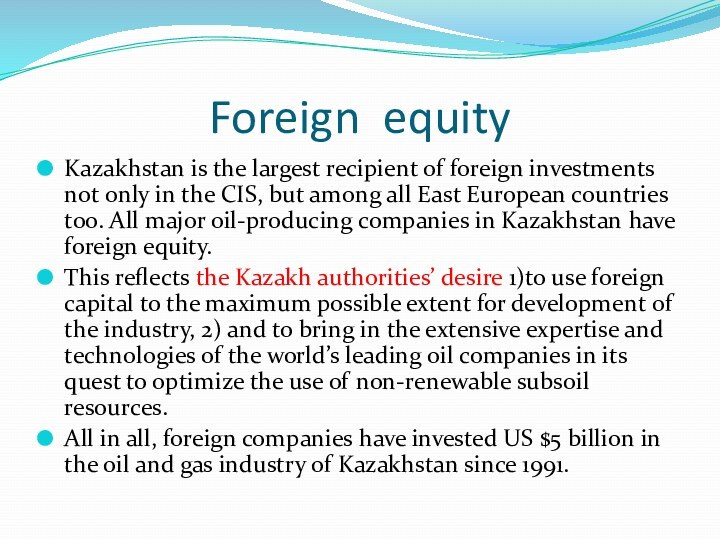


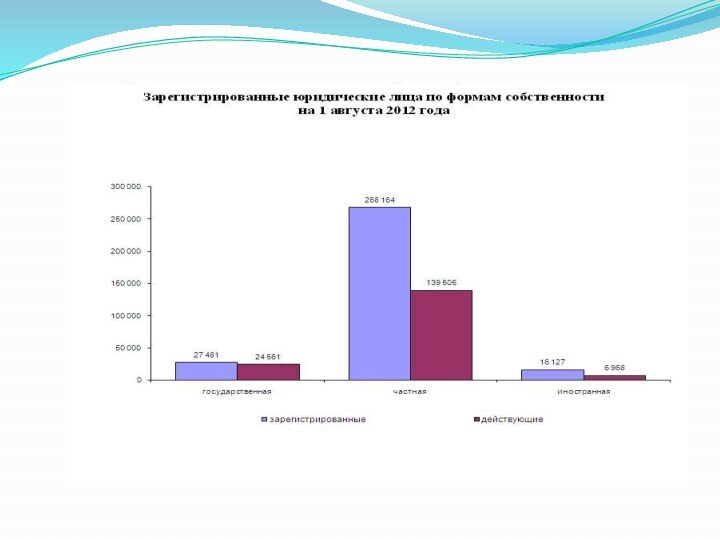
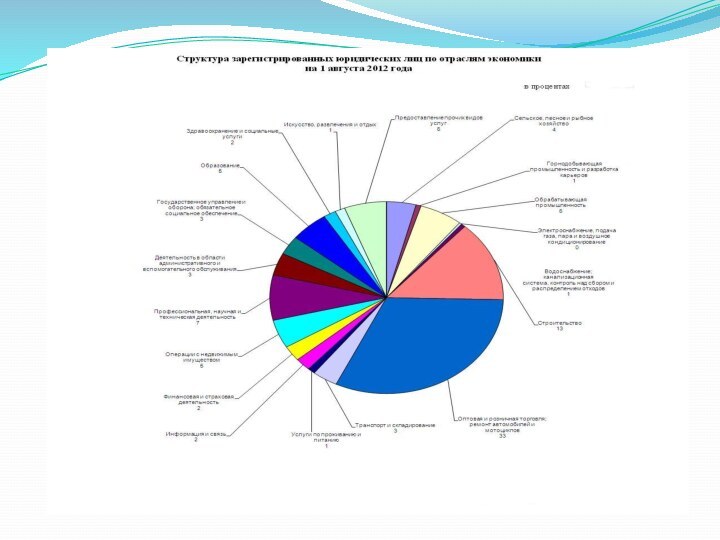

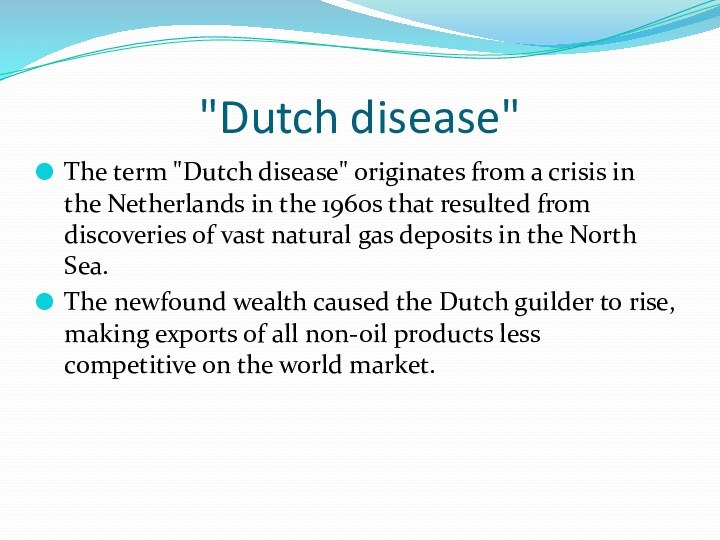

Слайд 5
Microeconomics and Mezoeconomics
Microeconomics looks at interactions through
individual markets, given scarcity and government regulation.
Mezoeconomics looks
at interactions through companies of one industryClassification of industries
Слайд 6
Macroeconomics
Macroeconomics examines the economy as a whole to
explain broad aggregates and their interactions .
Слайд 8
Participants
Ownership
Public
Joint
Joint-Foreign
capital
Joint+Foreign
capital
Foreign
capital
Private
Слайд 11
Nature
National economy tells about:
the behavior and decision-making of
entire economies
aggregated indicators such as
GDP,
unemployment rates,
and price indices to understand how the whole economy functions.
Слайд 12
Gross Domestic Product
The gross domestic product (GDP) or
gross domestic income (GDI) is a basic measure of
a country's economic performance and is the market value of all final goods and services made within the borders of a nation in a year
Слайд 13
Value added approach
The value of sales of goods
- purchase of intermediate goods to produce the goods
sold.
Слайд 14
Expenditure method
GDP = private consumption + gross investment
+ government spending + (exports − imports)
GDP = C
+ I + G + (X − M).
Слайд 15
GDP income account
GDP = R + I +
P + SA + W
where R : rents
I :
interestsP : profits
SA : statistical adjustments (corporate income taxes, dividends, undistributed corporate profits)
W : wages
Слайд 16
Unemployment
Unemployment occurs when a person is available to
work and seeking work but currently without work
World map
of countries by rate of unemployment
Слайд 18
Measurement
The unemployment rate is expressed as a percentage,
and is calculated as follows:
Ur=Uw/TLF
Ur-
Uw
TLF
Слайд 19
Price
Price in economics and business is the result
of an exchange and from that trade we assign
a numerical monetary value to a good, service or asset.
Слайд 20
Price and inflation
Price in economics and business
is the result of an exchange and from that
trade we assign a numerical monetary value to a good, service or asset.In economics, inflation is a rise in the general level of prices of goods and services in an economy over a period of time
A consumer price index (CPI) measures changes in the price level of consumer goods and services purchased by households
Слайд 21
Kazakhstan
Geographically the largest of the former Soviet republics,
excluding Russia, possesses enormous fossil fuel reserves and plentiful
supplies of other minerals and metals, such as uranium, copper, and zinc.
Слайд 25
The Atyrau Oblast
is the main oil-producing region
in Kazakhstan, and some 40 fields are under development
there.This oblast is the operating area for:
TengizChevrOil JV;
Kazakhoil-Emba JSC (one of the two producing companies in the KazMunayGas National Oil Company);
Kazakhoil-Telf;
Sazankurak JV.
Слайд 26
The Mangistau Oblast
is the oil-producing region in
Kazakhstan with the longest history.
This area accounts for
approximately three quarters of the total oil ever produced in the Republic.
Слайд 27
Karachaganak Petroleum Operating
is the leading oil producer
in the West-Kazakhstan Oblast;
this company is the operator
of the project to develop the Karachaganak oil and gas condensate field.
Слайд 28
The Aktyubinsk Oblast
is the operating area for
Aktobemunaigaz JSC, which is developing the Zhanazhol an Keniyak
fields,and for Kazakhturkmunai JV and Kazakhoil-Aktobe LLC.
Слайд 29
The Kzyl-Orda Oblast.
Hurricane Kumkol Munai JSC and its
two JVs, Turgai Petroleum and Kakgermunai, produce the largest
share of oil in the Kzyl-Orda Oblast.These enterprises are developing fields of the Kumkol group and a number of other fields in the South Turgai basin.
Слайд 30
Foreign equity
Kazakhstan is the largest recipient of foreign
investments not only in the CIS, but among all
East European countries too. All major oil-producing companies in Kazakhstan have foreign equity.This reflects the Kazakh authorities’ desire 1)to use foreign capital to the maximum possible extent for development of the industry, 2) and to bring in the extensive expertise and technologies of the world’s leading oil companies in its quest to optimize the use of non-renewable subsoil resources.
All in all, foreign companies have invested US $5 billion in the oil and gas industry of Kazakhstan since 1991.
Слайд 31
Refining
Kazakhstan has three refineries with the combined capacity
of 370 thousand bbl per day:
Atyrau refinery;
Pavlodar refinery;
Shimkentnefteorgsintez
1 barrel
= 117.347765 литра
Слайд 36
"Dutch disease"
The term "Dutch disease" originates from a
crisis in the Netherlands in the 1960s that resulted
from discoveries of vast natural gas deposits in the North Sea.The newfound wealth caused the Dutch guilder to rise, making exports of all non-oil products less competitive on the world market.







